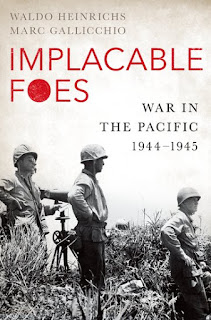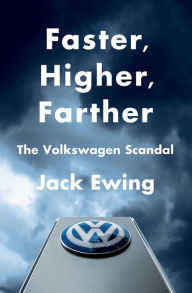 he is an international presence in clinical psychology/mental health, with over 320 articles/chapters and 12 books. He received a Distinguished Teaching Award in 2001; his Teaching Company (‘Great Lecture’) series, “Origins of the Human Mind,” appeared in 2010. He has been recognized by the Distinguished Scientist Award from the Society for a Science of Clinical Psychology (2015), the James McKeen Cattell Award from the Association for Psychological Science (2016) for a lifetime of outstanding contributions to applied psychological research, and the Distinguished Scientific Contributions to Child Development Award (2017) from the Society for Research in Child Development. He lives in Berkeley, California, with his wife Kelly Campbell; they have three sons.
he is an international presence in clinical psychology/mental health, with over 320 articles/chapters and 12 books. He received a Distinguished Teaching Award in 2001; his Teaching Company (‘Great Lecture’) series, “Origins of the Human Mind,” appeared in 2010. He has been recognized by the Distinguished Scientist Award from the Society for a Science of Clinical Psychology (2015), the James McKeen Cattell Award from the Association for Psychological Science (2016) for a lifetime of outstanding contributions to applied psychological research, and the Distinguished Scientific Contributions to Child Development Award (2017) from the Society for Research in Child Development. He lives in Berkeley, California, with his wife Kelly Campbell; they have three sons.Hinshaw applied the “Page 99 Test” to his newest book, Another Kind of Madness: A Journey Through the Stigma and Hope of Mental Illness, and reported the following:
It turns out that page 99 of Another Kind of Madness marks the opening of Chapter 6. Here, I pull together what I’d learned about my father—a philosopher at Ohio State University—when his usual calm, studious demeanor would change radically during periodic episodes of madness:Visit Stephen Hinshaw's website.When Dad was climbing through a manic episode, his judgment was horrendous and his behavior outrageous. He needed to save Western philosophy and made late-night calls to unsuspecting colleagues around the country with his wild plans. At the same time, he might become convinced that others were stealing his ideas. When in a frenzy about such supposed theft, he disrupted OSU faculty meetings. The looks he got from strangers, or the alignment of dates on manuscripts he was reading, signaled cataclysmic events that could shape world history, leading him to rush home and type up incomprehensible notes. Despite the usual, careful organization of his lectures, he might skip from idea to idea like a flitting hummingbird.What’s noteworthy about these recollections is that I had to infer them from accounts made by my mother, university colleagues, or—late in his life—Dad himself, as I knew nothing of them when they occurred. Why? Because my father’s doctors were absolutely clear that if my sister and I were ever to learn of his psychosis and placement in brutal mental hospitals, we would be permanently destroyed. As a result, Mom and Dad were enjoined in a professionally ordered code of silence, revealing the utter shame and stigma surrounding mental illness during the 1950s and 1960s.
Would an oncologist ever tell parents to deny the existence of a parent’s cancer? It’s unthinkable. But stonewalling was the order of the day from the psychiatric profession. Only during my first spring break from college did Dad sit me down in his study and begin to discuss his life of achievement and madness. Finally, the silent hangar in which I’d lived began to fill with air. I now had a mission: to study psychology and solve the mysteries of mental illness. At the same time, I was terrified that I’d be next to lose my mind and end up in a torturous mental hospital.
From the age of 16—when he suddenly believed that he could fly, in order to send a message to the world’s leaders to stop the growing Nazi threat—my father’s life had been tumultuous. Following regular talks with him, I finally diagnosed him correctly with bipolar disorder and embarked on a career in clinical and developmental psychology. But it took years for me to open up myself, finally easing the burden of shame that had permeated our family from the beginning.
“Another kind of madness,” borrowed from a line in James Baldwin’s incomparable Giovanni’s Room, is stigma itself—worse in consequences than any form of mental disorder. Inside this deep-dive memoir, I remind readers of the tragic fact that mental illness stigma remains quite strong to this day, serving in many respects as the last frontier for human rights. The solution, I’m convinced, involves communication and humanization.
The Page 69 Test: The Mark of Shame.
My Book, The Movie: Another Kind of Madness.
--Marshal Zeringue
























